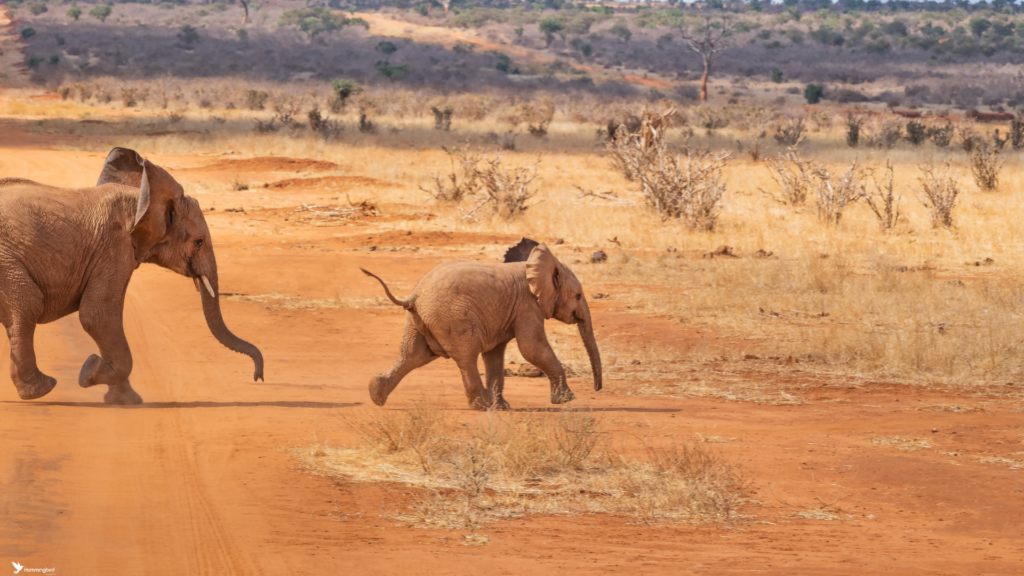Understanding our audience is paramount. Being consumer centric is what it’s all about. Yet how we go about understanding consumer behaviour can lead us to very different perspectives.
Imagine for a moment that you’re studying animal behaviour
You may study animals in zoos or go all David Attenborough or Jane Goodall and go off into the wild. Both settings offer unique insights into animal behaviour, however the methods and experiences are worlds apart. This analogy can shed light on the way we approach market research and the impact on outcomes. It’s not to say that one is right and the other is wrong, simply that they produce different insights.

Let’s start with the zoo. Here, you’ll find animals in controlled environments, often behind glass walls. They’re predictable, and their behaviours can be observed from a safe distance. You can collect data on how long a lion lounges in the sun or how often a penguin dives into the water. This setting allows for structured observations and the ability to repeat experiments. They’re accessible. Everyone can watch the animals and learn something from them. Yet this approach comes with limitations. The animals may exhibit behaviours altered by the presence of spectators or the constraints of their environment. You’re getting a snapshot, not the whole picture.

Now, consider being out in the wild, or on safari. This is a much different experience. You’re immersed in the animals’ natural habitat. You must be patient, watchful, and ready for unexpected encounters. Here, you might witness a herd of elephants nurturing their young or a lioness stalking her prey. The essence of their behaviour is raw and unfiltered. You grasp the context, the interactions, and the nuances that can only be seen in a natural environment. However, it can be uncomfortable, and you may see aspects of behaviour that you’d rather not. It can uncover some uncomfortable truths.
Ethnography, much like a safari, is all about understanding the lived experiences of your audience in their natural settings. You’re diving deep into their world, which provides rich insights that can guide your marketing strategies.

So, what does this analogy mean for us as marketing and insights professionals?
The answer lies in the kind of understanding you need to drive your decisions. If you’re looking for broad trends and patterns, the “zoo” approach - structured market research in a controlled environment - can be effective. It allows you to confirm hypotheses and make decisions based on observable behaviours.

However, if your goal is to connect more meaningfully with your target audience, to uncover their motivations, needs, and pain points, then opt for the “safari.” Engage more directly with consumers in their everyday lives. It’s about empathy and storytelling. An opportunity to explore how your product fits into their world and how it can solve their problems. It’s about going beyond what is already understood about your audience or the category. It’s those hidden revelations that can come from not being viewed.

Which approach should you choose?
Both have their merits, so it depends on what you want to understand.
Know when to observe from a distance and when to immerse yourself in the ecosystem. Then you’ll be better equipped to navigate the complexities of consumer behaviour and develop effective marketing solutions.
Need a fresh perspective. Talk to Hummingbird Insights
